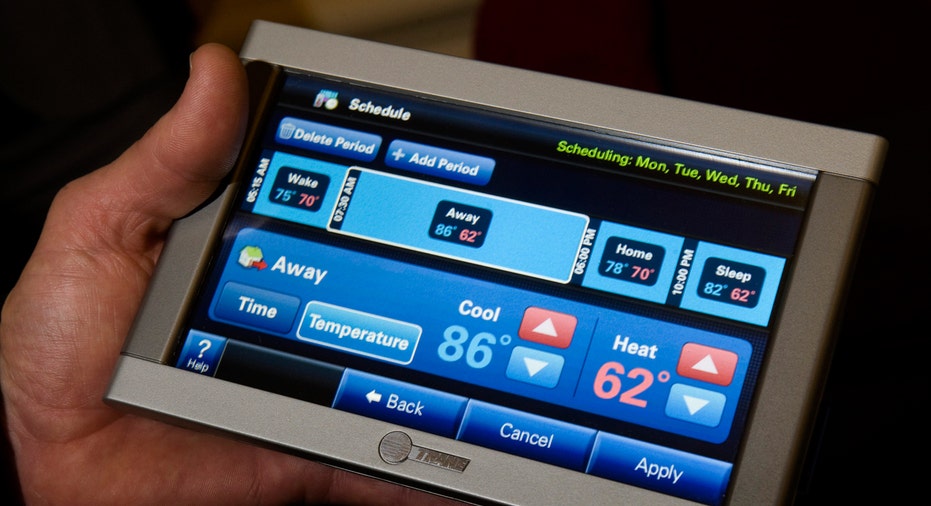Combat Thermostat Ignorance and Save - It Pays to Learn Your Thermostat

Are smart appliances and systems making you feel like you are being outwitted by your home? They shouldn’t. In many cases, it is just a matter of investing the time to read through the manual and understand the capabilities of the system.
For standard appliances like refrigerators, ovens, or TVs, if you do not educate yourself on how the system works, you simply miss some of the capabilities of your device. However, with control systems like home alarms or programmable thermostats, the stakes are higher.
In the case of thermostats, you could be wasting significant money on your energy bills that you could change into savings with a few minutes of attention. According to EnvironmentMagazine.org, home heating is by far the greatest in-home use of U.S. energy within households, with air-conditioning coming in third. Your thermostat controls both of those usages.
A programmable thermostat allows you to program different temperature levels for different days and different times of day — for example, when you are sleeping or out of the house — and save money without sacrificing comfort.
A recent study in energy research and social science shows that far too many of us do not use the capabilities in our thermostats, or use them incorrectly. The reasons seem to be split between misunderstanding of the system and general scientific principles on how thermostats work.
The researchers compiled responses of 192 people regarding questions about their thermostats and their usage through crowdsourcing, but it added a unique twist by asking respondents to upload pictures of their thermostats. The pictures gave researchers even more insight into the problems and how thermostats were being used in suboptimal ways.
The focus of the study was actually more on the survey technique than on the subject at hand — does crowdsourced data with verification (pictures) give better results than standard self-reporting methods? In this case, it certainly seemed to, by revealing basic misunderstanding of the thermostats.
Programmable thermostats were in the homes of 42% of survey respondents, but 39% of those did not know how to use them. While 14% did not know where the settings were, 25% knew where the settings were, but had no idea how to change them.
The pictures showed one critical problem — almost a third of the automatic thermostats were set in "permanent hold" mode. Any programmable commands in the system cannot be executed during that mode, effectively turning a programmable system into a manual one. Day and time settings were off in other systems, negating the effect of programming.
Education on thermostats is unlikely to improve, given that 70% of the total respondents did not know where their manual was, including 67% of those who had programmable thermostats but did not know how to program them. Combine this with basic scientific misconceptions, and it is clear that much of the potential energy savings from programmable thermostats is not being realized.
More than one-third of respondents believed that raising the thermostat would heat the home faster. Raising the thermostat only changes the control temperature to stop/start the heating system; it does not control the time it takes to get there. Approximately the same percentage believed that turning the thermostat down during bedtime or when away from home wasted more energy than keeping the temperature constant (not true, as energy losses to the outside drop when the heat is lower).
New generations of smart thermostats can save money through learning our habits and automatically adjusting temperatures — although with the same levels of misunderstanding by homeowners, it is possible that these systems can be defeated. One really cold day in the home may prompt people to revert to manual modes.
The survey did not look into whether the failings were related to indifference, having never given the thermostat any thought, or fear — perhaps breaking the system or putting in uncomfortable settings that they cannot change back. There may be a lot more fear involved than people would like to admit.
If you are in the latter group, overcome your fear and study your thermostat. If the manual is missing, look for sources online. You may end up saving a lot of money with very little effort.
More from MoneyTips.com:Is Tesla's Powerwall Battery a Game-Changer?Home Solar Power 101Lowering Your Winter Heating Cost